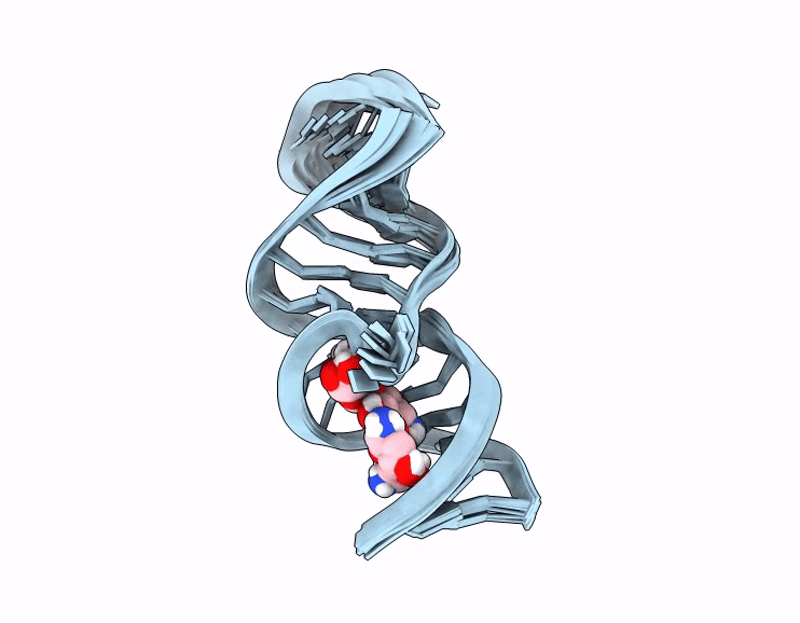
Deposition Date
2024-12-18
Release Date
2025-10-01
Last Version Date
2025-10-01
Entry Detail
PDB ID:
9HRO
Keywords:
Title:
Solution NMR structure of the synthetic tobramycin riboswitch in complex with tobramycin
Biological Source:
Source Organism:
synthetic construct (Taxon ID: 32630)
Host Organism:
Method Details:
Experimental Method:
Conformers Calculated:
100
Conformers Submitted:
10
Selection Criteria:
target function


